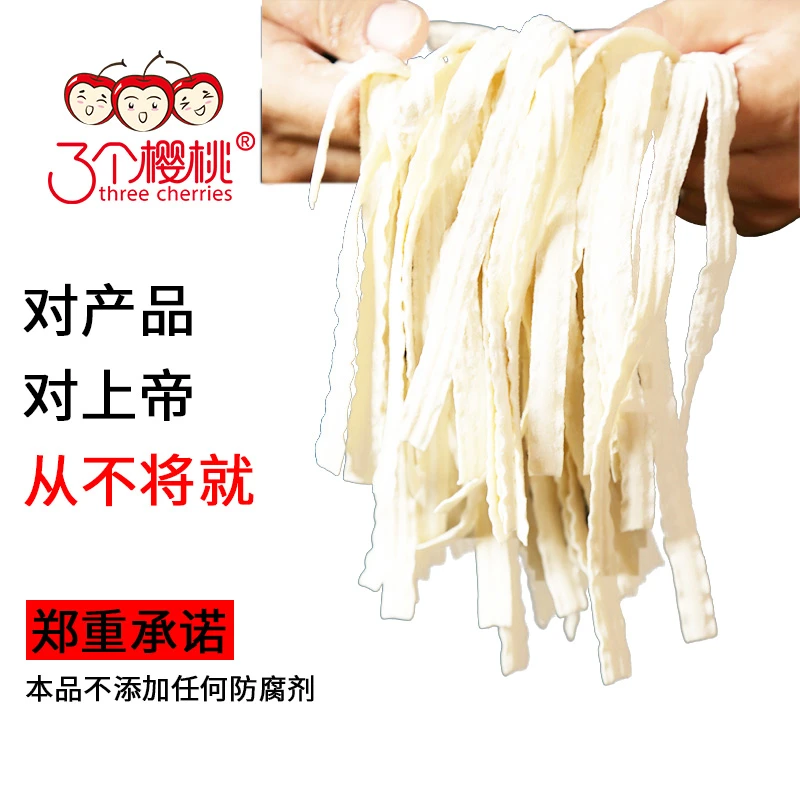noodles good for diabetes
Are Noodles Good for Diabetes?
Managing diabetes requires careful attention to one's diet, especially when it comes to carbohydrates. Noodles, a staple in many cuisines around the world, often come under scrutiny for their carbohydrate content. But can noodles fit into a diabetic-friendly diet? Let's delve into the different types of noodles, their nutritional aspects, and how they can be enjoyed in moderation.
Understanding Carbohydrates
Carbohydrates are classified into simple and complex carbohydrates. Simple carbohydrates, found in sugary snacks and drinks, can lead to quick spikes in blood sugar levels. On the other hand, complex carbohydrates, which include whole grains, legumes, and certain vegetables, are digested more slowly, providing a steadier source of energy and having less impact on blood sugar levels.
Most traditional noodles are made from refined flour, which is a simple carbohydrate that can cause rapid increases in glucose levels
. However, recognizing the variety of noodles available today offers alternatives that may be more suitable for those managing diabetes.Types of Noodles
1. Whole Wheat Noodles These noodles are made from whole grain flour, preserving more of the grain's natural nutrients and fiber. The higher fiber content can help slow the digestion of carbohydrates, leading to a more gradual rise in blood sugar levels.
2. Shirataki Noodles Made from the konjac yam, these noodles are very low in calories and carbohydrates, making them an excellent choice for people with diabetes. They consist largely of water and glucomannan, a type of soluble fiber that may help with digestion and blood sugar regulation.
noodles good for diabetes

3. Vegetable Noodles Noodles made from vegetables, such as zucchini or squash, significantly reduce carbohydrate content while increasing fiber and nutrient intake. These “zoodles” can be a nutritious alternative, providing vitamins and minerals without contributing to blood sugar spikes.
4. Legume-Based Noodles Noodles made from chickpeas, lentils, or black beans are high in protein and fiber, making them a filling and nutritious option. They generally have a lower glycemic index than traditional pasta, which means they can help stabilize blood sugar levels.
Portion Control and Preparation
While choosing the right type of noodles is essential, portion control and preparation methods also play critical roles in determining whether noodles can be included in a diabetic diet. One common recommendation is to consume noodles as part of a balanced meal that incorporates healthy fats, proteins, and plenty of non-starchy vegetables. This approach can help mitigate blood sugar spikes.
Cooking methods also matter. Boiling noodles can help reduce some of the starch content, while adding sauces high in sugar or saturated fat can counteract the benefits of the noodles themselves. Opting for whole food ingredients and homemade sauces can enhance both the nutrition and flavor of noodle dishes.
Mindful Eating
For individuals with diabetes, it is crucial to practice mindful eating. This means paying attention to how specific foods affect blood sugar levels and making adjustments accordingly. Monitoring blood glucose levels after consuming different types of noodles can provide valuable feedback about what works best for each individual.
In conclusion, noodles can be part of a diabetic diet as long as one is mindful of the type consumed and how they are incorporated into meals. By opting for whole grain, legume-based, vegetable, or shirataki noodles, and practicing portion control alongside balanced meals, individuals with diabetes can enjoy their favorite dishes without compromising their health. Remember, moderation and informed choices are key in managing diabetes and enjoying a diverse range of foods.
-
Unlock the Delicious Potential of Yam NoodlesNewsAug.11,2025
-
The Authentic Taste of Lanzhou NoodlesNewsAug.11,2025
-
Savor the Art of Hand Pulled NoodlesNewsAug.11,2025
-
Indulge in the Timeless Delight of Spaghetti BologneseNewsAug.11,2025
-
Indulge in the Rich Flavor of Braised Beef NoodlesNewsAug.11,2025
-
Elevate Your Meals with the Magic of Fresh PastaNewsAug.11,2025
-
Unleash Your Inner Chef with Delectable Italian Pasta CreationsNewsAug.01,2025
Browse qua the following product new the we

















































































































